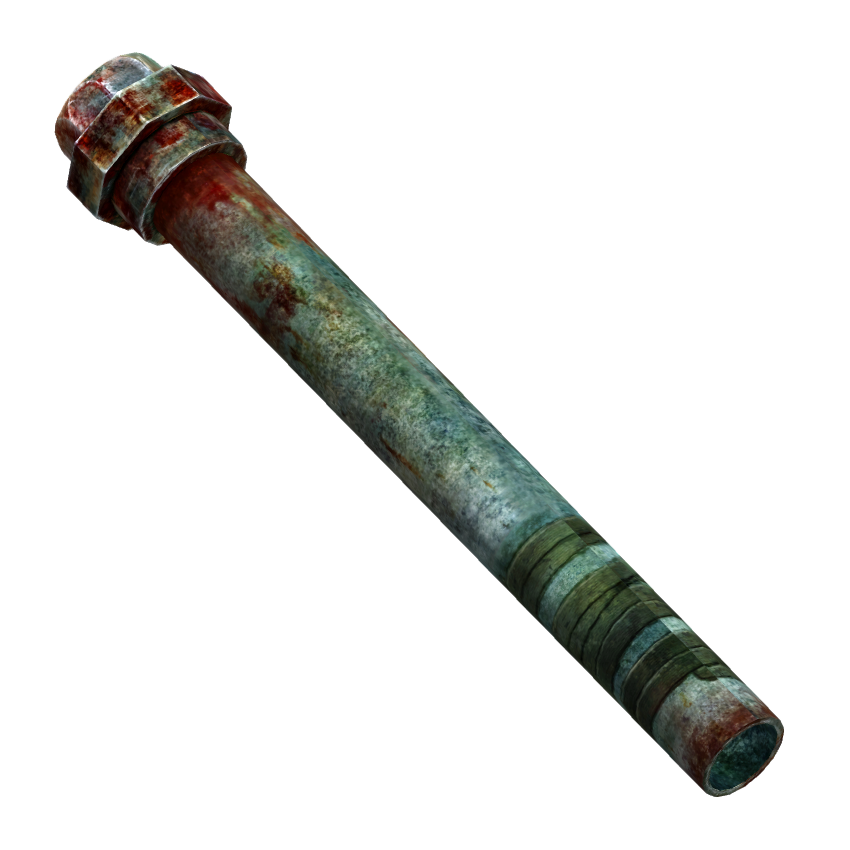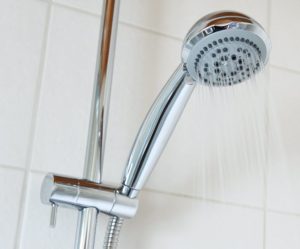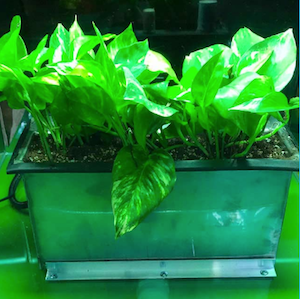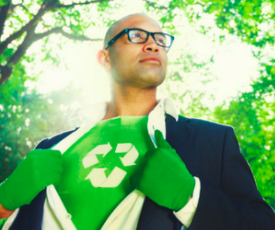Is your drinking water contaminated with lead?
The crisis in Flint, Michigan has got all of us worrying about the safety of our water.
To recap: A study conducted by the Hurley Medical Center in Flint shows that the proportion of infants and children that have above-average levels of lead in their blood has nearly doubled since the city switched from getting water from the city of Detroit to using water from the Flint River.
The move was designed to save financially-strapped Flint money. But that decision turned out to be penny wise, pound foolish.
The Flint river is horribly polluted. Half of the pipelines that deliver water to Flint households are made of lead, which is leaching into the water supply, along with iron that is also eroding from the city’s water mains.
Excessive amounts of lead place adults at higher risk for cancer, stroke
and high blood pressure, reports Pennsylvania State University.
At even greater risk are children, whose rapidly growing bodies
absorb lead more quickly and efficiently.
Lead can cause premature birth, a reduced birth weight, seizures,
behavioral disorders like ADHD, brain damage and a lower IQ level in children.
The U.S. Environmental Protection Agency (EPA) considers lead the
most serious environmental health hazard for children in the United States.
You should take it seriously too.
First, Test Your Water For Lead
The only way to know whether your tap water contains lead is to have it tested.
“You cannot see, taste, or smell lead in drinking water, says the U.S. Centers for Disease Control. “Therefore, you must ask your water provider whether your water has lead in it.
“For homes served by public water systems, data on lead in tap water may be available on the Internet from your local water authority.”

If your water provider does not post helpful information, you should call and find out.
Ask Your Water Authority These Two Key Questions:
1. Does my water have lead in it above EPA’s action level of 15 parts per billion (ppb)? If not, no action is needed. If yes, CDC suggests you ask the next question:
2. Does the service pipe at the street (header pipe) have lead in it? This is very important. If the pipe at the street (header pipe) DOES contain lead, lead in the tap water may be coming from that pipe or pipes connected to it. Like in the case of Flint, it’s also possible that the water itself is contaminated.
4 Actions You Can Take Immediately If You Discover Lead in Your Water
1) If at all possible, eliminate the source of the lead.
2) Until the lead source is eliminated, switch to bottled water if you can. Especially use bottled water for making baby formula, for mixing with food, and for pregnant and breastfeeding women.
3) If you can’t, flush out your water pipes before using the water, especially when your taps have been off and water has been sitting in the pipes for more than 6 hours.
-
- a. Before using any tap water for drinking or cooking, run high-volume taps (such as your shower) on COLD for 5 minutes or more.
- b. Then, run the kitchen tap on COLD for 1–2 additional minutes.
- c. Fill a clean container(s) with water from this tap. This water will be suitable for drinking, cooking, preparation of baby formula or other consumption. To conserve water, collect multiple containers of water at once (after you have fully flushed the water from the tap as described).
4) In all situations, drink or cook only with water that comes out of the tap cold.
Water that comes out of the tap warm or hot can contain much higher levels of lead.
NOTE: Boiling lead-tainted water will NOT reduce the amount of lead it contains.
In fact, some scientists think it could make the problem worse because, as water evaporates during the boiling process, the lead will concentrate. Use bottled water for boiling potatoes, rice or spaghetti until you get the lead problem fixed.
If you do choose bottled water, read the label on the bottle carefully or contact the bottling company to make sure the water they use is lead-free.

♦ First, test the water. You can contact your state lead program for information about water testing in your area.
♦ Inspect the aerator on the end of your faucet. Remove any debris, especially metal particles.
♦ Again, flush water lines before using the water for drinking or cooking.
If you own your own home and discover the water lines contain lead solder, you may need to replace them to be safe. Contact your water authority for information about replacing water service lines.
Unfortunately, you will probably have to bear the financial burden of replacing the pipes if they’re within your home.
Bathing and Showering

However, elevated lead in water can cause skin rashes and in some cases, open sores, even if you don’t drink it. Besides, kids have a tendency to drink the water when they’re showering or bathing. Find an alternative if at all possible.
To be on the safe side, take a sponge bath with bottled water, or shower at the local public pool and recreation facilities, if that is at all feasible.
What About Water Filters?
If you opt for installing a filter on your taps or your whole house water system, it must be NSF- certified to remove lead. You can check the brand name/trade name/model here.
Whatever the source, if you find elevated lead levels in your drinking water, take it seriously, act immediately, and monitor your health and the health of your family for any signs of lead poisoning.


















2 thoughts on “How to Tell if Your Water Contains Lead”
Thanks for the post!
You’re welcome.
Comments are closed.